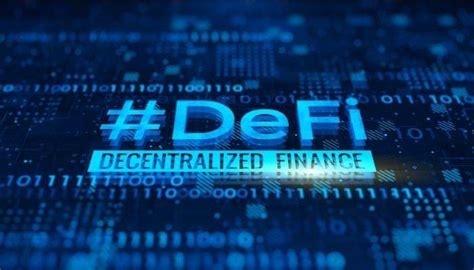Decentralized stablecoins have become an important path to economic power for people around the world. The concept combines the benefits of traditional currencies with the security and decentralization provided by blockchain technology, providing a unique opportunity for financial inclusion.
The Concept of Decentralized Stablecoins
Decentralized stablecoins are digital assets that maintain their value relative to other cryptocurrencies or fiat currencies. They are built on blockchain networks and use advanced cryptographic technologies to ensure their stability. Unlike traditional stablecoins, which rely on central banks, decentralized stablecoins operate independently, eliminating the risk of centralized control.
How Decentralized Stablecoins Drive Economic Inclusion
Decentralized stablecoins enable economic inclusion in several ways:
- Accessibility

: These digital assets provide an alternative to traditional financial services that may be inaccessible to certain groups, such as smallholder farmers or the unbanked due to geographic restrictions, lack of access to banking services, or limited literacy.
- Security: Decentralized stablecoins are stored on the blockchain, making them immutable and tamper-proof. This ensures investor confidence in the stability of their assets and reduces the risk of financial fraud or theft.
- Accessibility to Financial Services: By offering a safe and stable store of value, decentralized stablecoins can be used as a means to access traditional financial services, such as lending, borrowing, or purchasing goods and services. This expansion of financial inclusion is particularly beneficial in developing countries where access to formal banking services remains limited.
- Innovation and Entrepreneurship: Decentralized stablecoin technology also opens up opportunities for innovation and entrepreneurship. Small businesses and startups can use these platforms to raise funds by issuing their own stablecoins, which they can use internally or exchange for fiat currencies.
Benefits and Future Directions
–
Decentralized Governance: Decentralized stablecoins allow for community-driven governance models where stakeholders can participate in the decision-making process related to the development and implementation of new features and enhancements.
–
Interoperability: They allow for seamless interoperability between different blockchain networks, facilitating the exchange of assets between countries without the need for middlemen or high fees.
–
Resilience: Due to their decentralized nature, they are less susceptible to economic shocks or systemic instability that can affect traditional currencies.
Conclusion
Decentralized stablecoins are an important step forward in addressing the challenges of financial inclusion and empowerment. By providing access to financial services, reducing the risk of financial fraud, and empowering individuals through digital means, these assets have the potential to transform economies around the world. As technology continues to advance, decentralized stablecoins are playing an increasingly important role in the global economy.
References
– [Blockchain technology]( – Wikipedia
– [Decentralized Stablecoins]( – Coindesk News & Insights
Leave a Reply